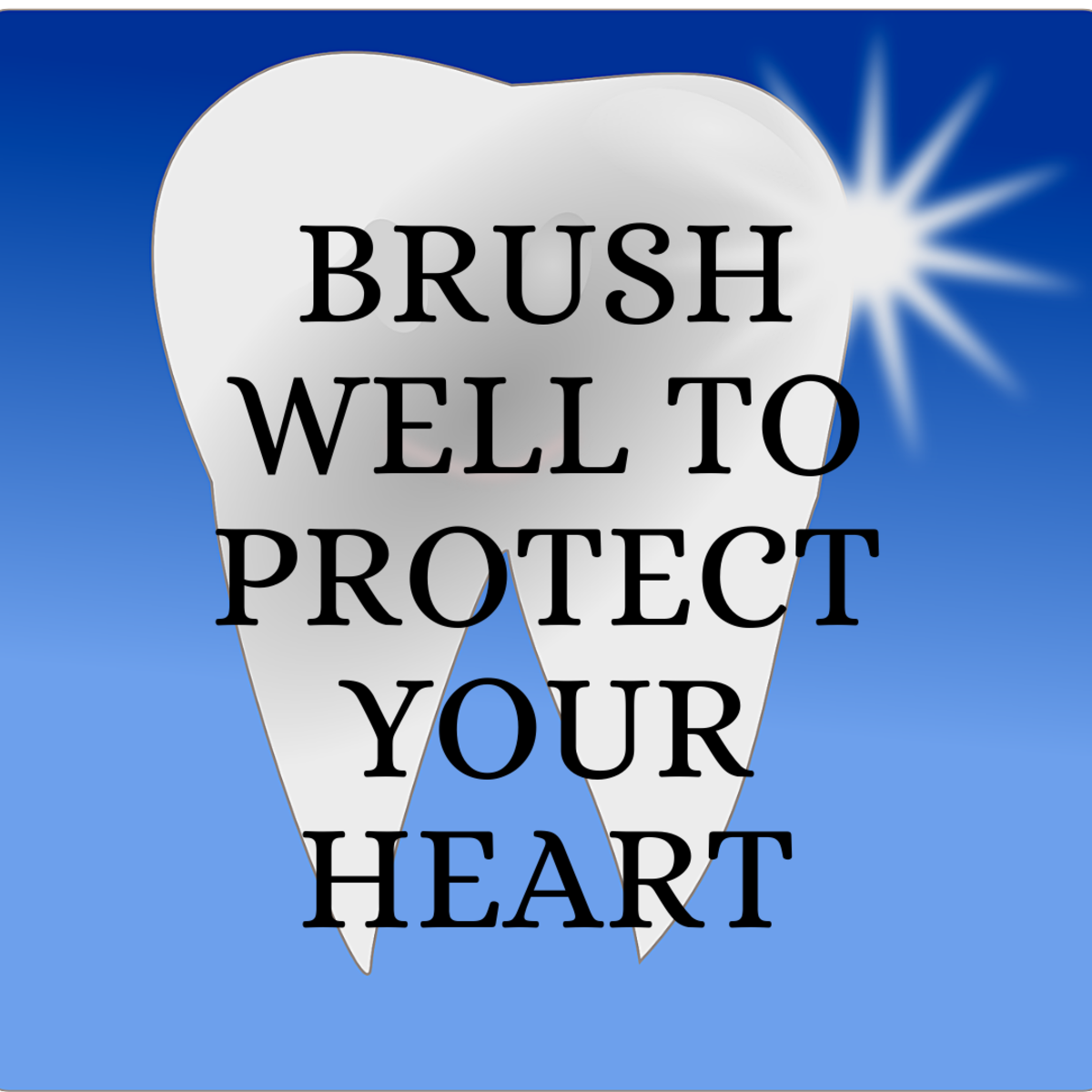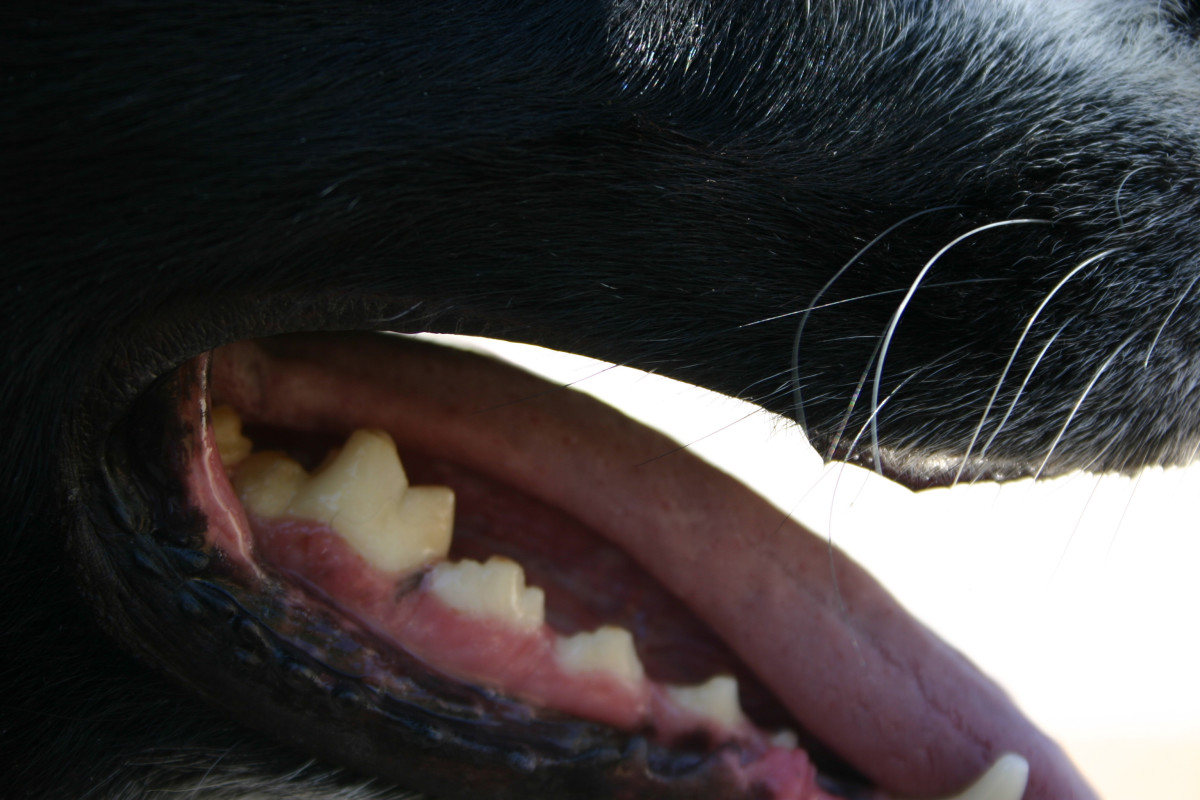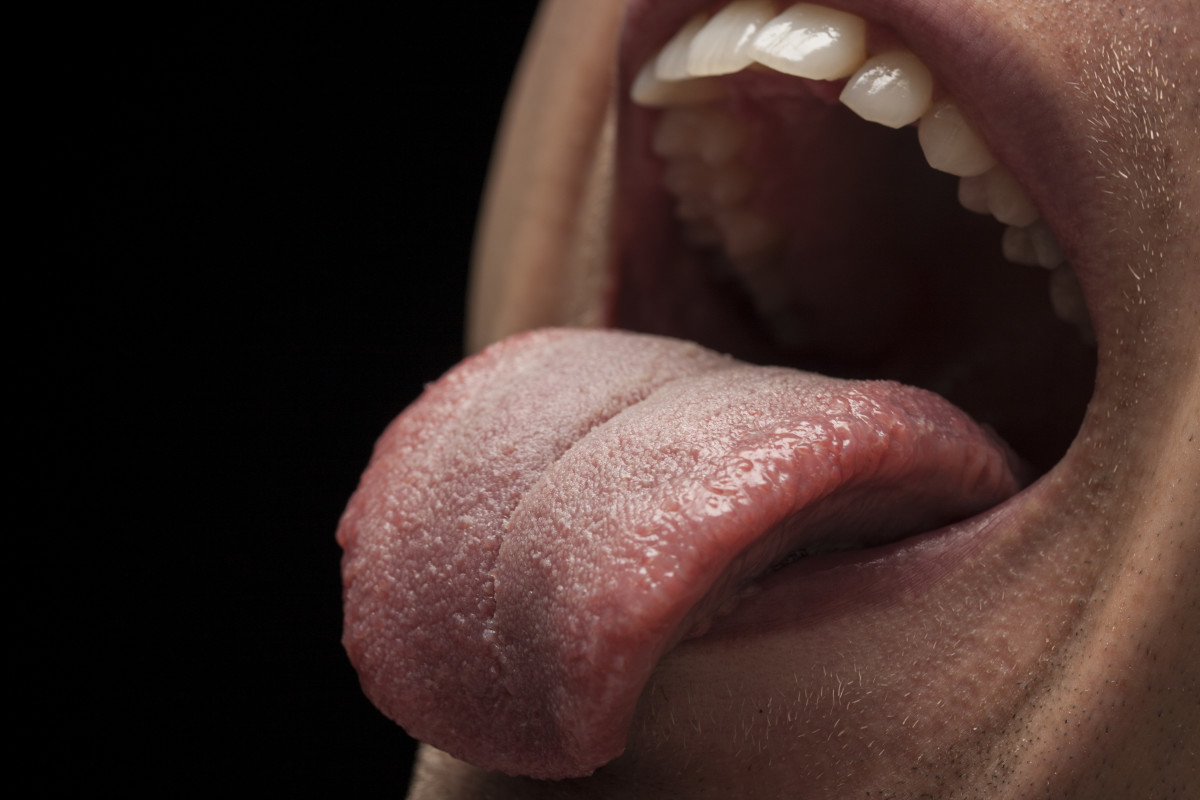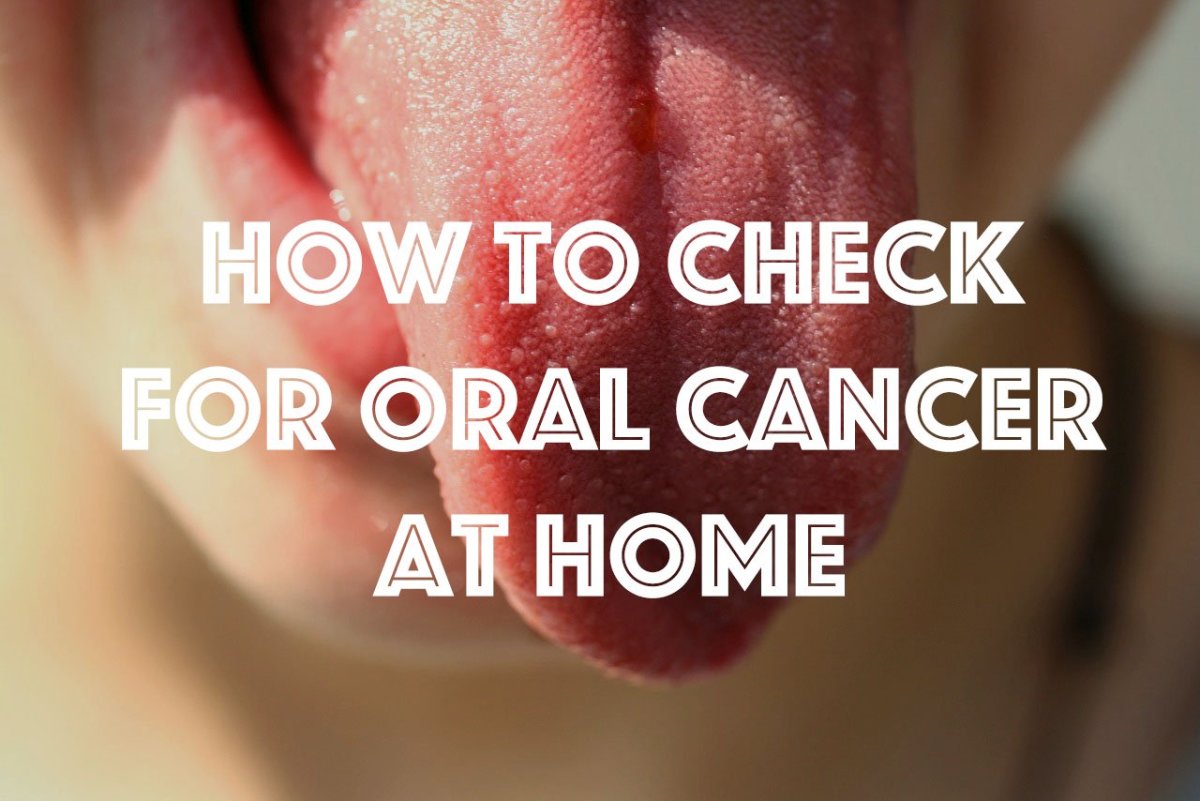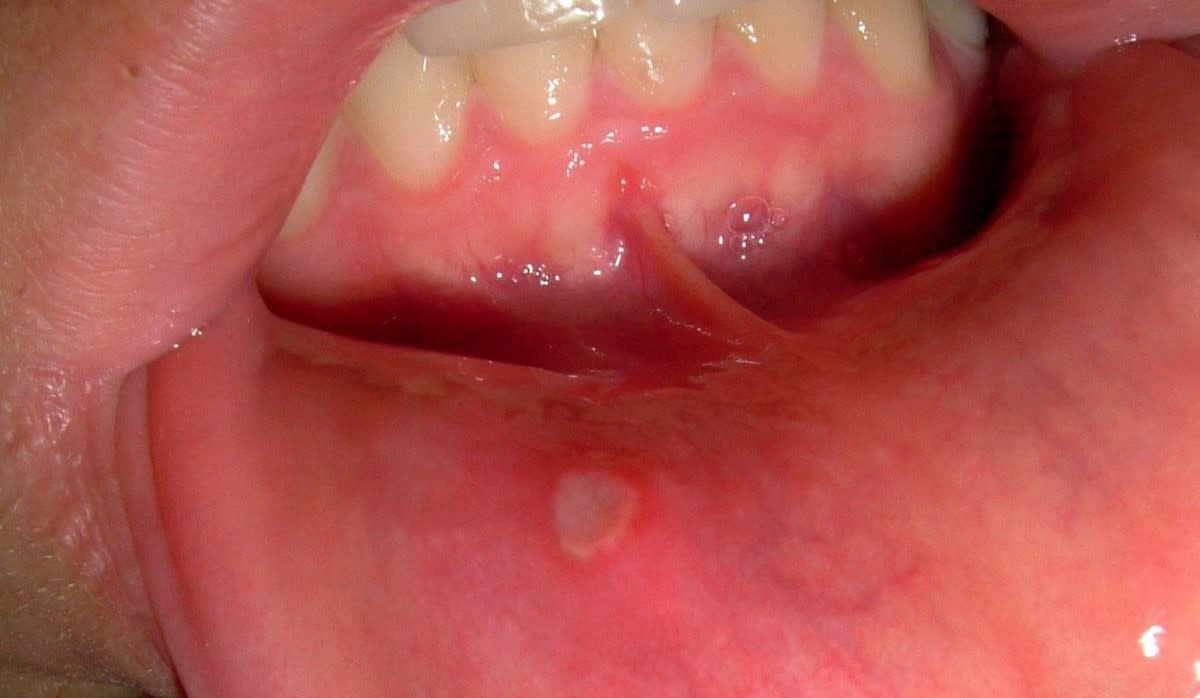Dental Cavities- Causes, Prevention, and Filling Cavities
What is a Cavity?
Dental cavities, or caries, are holes in the outer two layers of a tooth (the enamel and dentin). The enamel is the outermost layer, that is a white hard surface, and the dentin is the yellow layer just beneath the enamel; both layers protect the inner living tooth tissue, the pulp, where the blood vessels and nerves are.
Cavities are common in at least, if not more than 90% of the population. Small cavities generally do not cause any pain and will typically go unnoticed, but larger cavities can collect food. In many cases, the pulp of the tooth can become irritated by bacterial toxins and foods that are cold, hot, sour, or sweet.
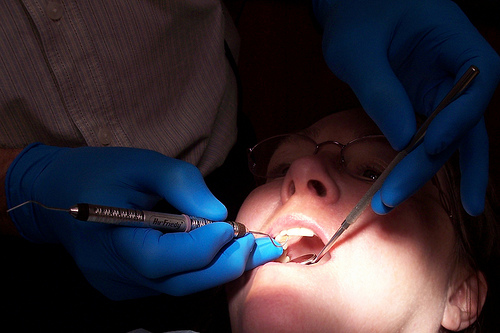
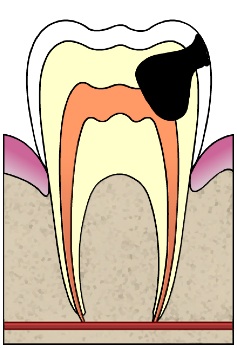
What Causes Cavities?
In general, cavities are caused by tooth decay, or the overall destruction of the tooth's structure, affecting the enamel and the dentin layer of the tooth. Tooth decay occurs when foods that contain carbohydrates are left on teeth. The bacteria in the mouth digest these foods and turn them into acid. The bacteria, acid, food debris, and saliva all combine to form plaque, which cling to teeth. The acid dissolves the enamel, which creates the holes, or cavities.
Statistically about 95% of food that is left behind in the mouth is left trapped between teeth versus on top of teeth or anywhere else in the oral cavity, and over 80% of cavities develop within the pits and fissures, in grooves, and on chewing surfaces where the toothbrush can't reach and saliva and fluoride (from toothpaste) cannot neutralize the acid. So, in general, there are fewer cavities on teeth where saliva has easy access.
Unless the cavity is filled by a dentist, it can continue to damage the tooth and the inner pulp which can cause the pulp to essentially die, as well as infection, and tooth abscess. Extensive damage to the inner layer of a tooth can require tooth extraction or a root canal.
There are different types of bacteria that can cause cavities, all of which are similar to the harmless bacteria that naturally live in the oral cavity.
- Lactobacillus acidophilus bacteria is found in the pits and fissures of the chewing surfaces of teeth. It can cause tooth decay in children ages 3-12. Because baby teeth are softer and more porous than adult teeth, children are more susceptible to cavities. This bacteria is the common cause of cavities in the 6-year molars.
- There are six species of steptococcus bacteria that can cause cavities on the smooth surfaces of teeth and on the sides of teeth. Because the sides of teeth typically touch adjacent teeth, making the cavities harder to see, except by x-ray.
- Odontomyces viscoses bacteria live on the back of the tooth and can cause problems with the hard outer layer of the tooth root, or cementum. Cavities caused by odontomyces viscoses bacteria typically affect older patients and those with gum disease because the cementum becomes exposed making it more vulnerable to attack.
How to Prevent a Cavity?
It's always easier to prevent than to treat and fill a cavity, less painful too, but it takes proper nutrition, good oral hygiene, the use of oral or topical fluorides, and a topical sealant, to prevent the overall number of cavities.
- Diet: You want to consume less simple sugars and starches, as this will reduce the number of acid producing bacteria in the mouth. Also, make sure to intake dietary calcium, phosphorus, and vitamins A, D, and C , in order to promote healthy enamel.
- Fewer Snack Between Meals: Every snack causes an acid attack on your teeth, and if you snack all day, you're bathing your teeth in acid. Fewer snacks and deserts reduce the acid.
- Oral Hygiene: Brush your teeth frequently to reduce acid plaque damage. Also floss to remove acid plaque from the smooth surfaces between teeth. If you can't floss between meals, chew teeth-cleaning foods, like apples and celery that are crunchy and help clean food debris and plaque. Sugarless gum can also help.
- Fluoride: Fluoride strengthens the enamel and dentin layers on children's teeth, so consider a fluoride tablet or fluoridated water. Also, consider topical fluorides to fill in the pores of immature enamel or small cavities and to reduce future cavities. You can purchase topical fluoride gels for at home use. Also, consider a toothpaste the contains fluoride, in addition to the fluoride gel.
- Sealant: These plastic coatings that can be painted on the pits and fissures of chewing surfaces in the back of your mouth can help prevent cavities. Sealants are recommended for all permanent molars in children. The procedure of applying the sealant is simple and painless.
- Electric Toothbrush: Dentist recommend electric toothbrushes, such as the Oral B brand tooth brushes because they can closely scrap off the acid plaque on your teeth and along the gum line. Brushing for two minutes twice a day, will help prevent cavities.
Fluoride Gel
Filling a Cavity
Small, painless cavities will eventually become larger, painful ones, which is why it's recommended to go ahead and fill the small cavities before they cause further decay.
There are two goals when filling a cavity: 1) remove the decaying portion and 2) rebuild the tooth, which is why the dentist will thoroughly clean the cavity with a mechanical rotary instruments to remove the decay. The cleaned cavity is then filled with either dental amalgam, a composite material, gold, or porcelain, which restores the tooth to the original shape and size.
But, before the dentist ever starts the process of filling a cavity, he will usually inject a local anesthetic into the area. A high-speed dental drill is used to remove the decay and prepare the tooth, and depending on what filling is used, the dentist will vary the preparation.
After thoroughly cleaning the tooth of decay, a liner us used to prepare the tooth for filling. The liner helps to reduce the tooth sensitivity and to stimulate dentin regeneration. Typically, gluma, copalite varnish, or dycal is used as a liner for the filling material. If the cavity is deep, then a base will be used in addition to the liner before the filling material is ever added so to insulate the tooth to temperature changes in the mouth; the base may be glass ionomer cement or zinc phosphate cement.
After the dentist fills the cavity, the tooth will generally be sensitive for a day or so. The deeper the filling, the longer the tooth will be sensitive, especially to temperature. The overall discomfort should be completely gone in two weeks; if the sensitivity continues after this, there may be a void under the filling or an infected pulp, which will require a root canal (for the later cause).
Note: If the filling was overfilled, you may need to go back for a second appointment to have it filed down.




